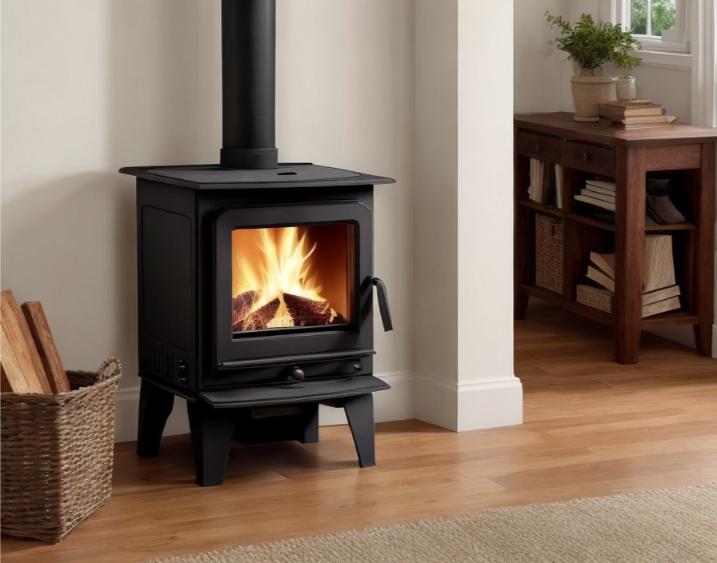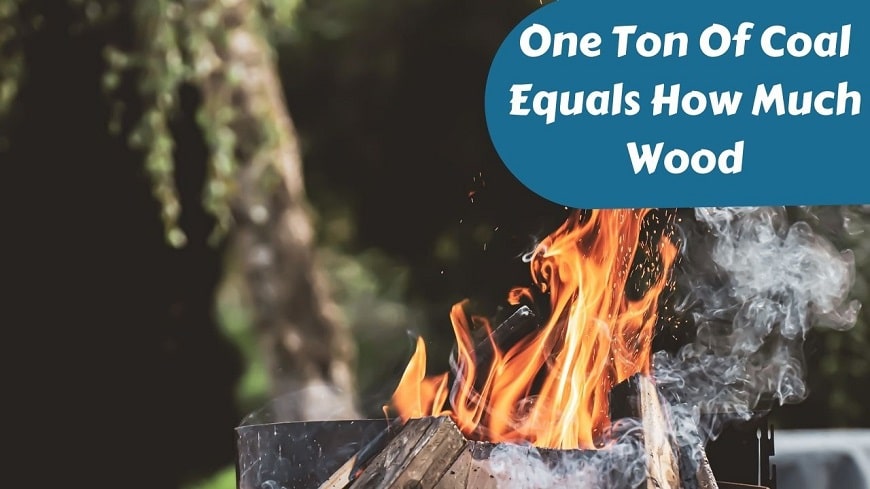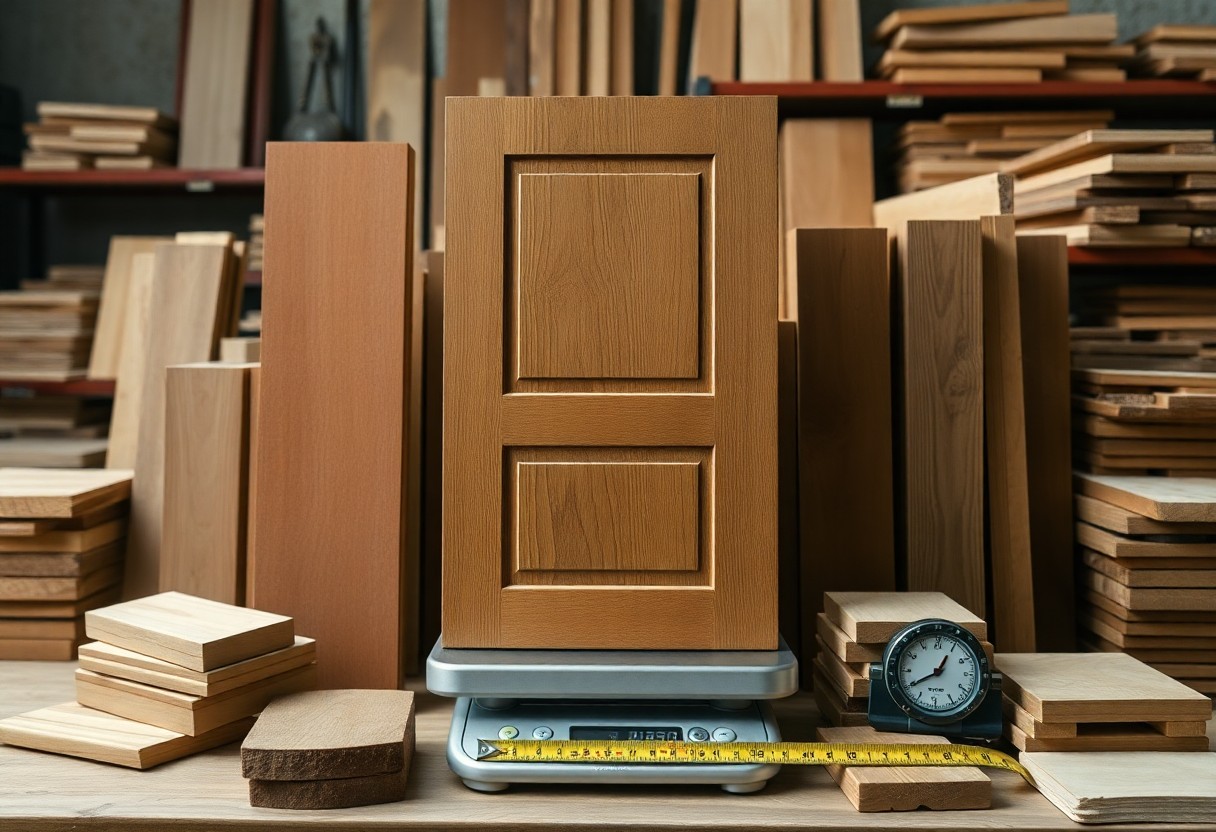You’re about to initiate on a crucial step in installing your wood stove – determining the right flue size. It’s not a task to take lightly, as an incorrectly sized flue can lead to inefficient burning, safety hazards, and even damage to your chimney.
But don’t worry, you’re not alone. With a wood stove flue size calculator, you’ll be able to determine the perfect fit for your setup. In this article, we’ll guide you through the process, providing you with the knowledge and tools you need to get it right.
Wood Stove Flue Size Calculator
Why Flue Size Matters
Your wood stove’s flue size is crucial for safe and efficient operation. A poorly sized flue can lead to a range of problems, from reduced heat output to increased risk of chimney fires. By choosing the right flue size, you can ensure your wood stove burns cleanly and efficiently, while also minimizing the risk of safety hazards.
Safety Considerations
Flue size directly impacts the safety of your wood stove installation. A flue that’s too small can cause creosote buildup, increasing the risk of chimney fires. On the other hand, a flue that’s too large can lead to inadequate draft, causing smoke to spill into your home.
Efficiency and Performance
To get the most out of your wood stove, you need a flue that’s properly sized for optimal airflow. This ensures that your stove burns efficiently, producing maximum heat output while minimizing fuel consumption.
A well-sized flue also helps to reduce emissions and minimize environmental impact. When your stove is burning efficiently, it produces fewer pollutants, making it a more eco-friendly heating option. By using a wood stove flue size calculator, you can ensure your stove is operating at its best, providing you with a warm and cozy living space while also doing your part for the environment.
Factors Affecting Flue Size
It’s important to consider several factors when determining the correct flue size for your wood stove. These include:
- Stove type and output
- Chimney height and installation
- Insulation and venting requirements
- Local building codes and regulations
Recognizing these factors will help you choose the right flue size for your wood stove, ensuring safe and efficient operation.
Stove Type and Output
Factors such as the type of wood stove you have, its output, and burn rate will influence the flue size needed. For example, a high-output stove will require a larger flue to handle the increased heat and gases produced.
Chimney Height and Installation
Any changes to your chimney’s height or installation can impact the flue size required. This includes factors such as the chimney’s location, surrounding obstacles, and the type of roofing material used.
Affecting the performance of your wood stove, the chimney height and installation play a crucial role in determining the correct flue size. A taller chimney, for instance, may require a larger flue to accommodate the increased draft, while a chimney installed near a wall or obstacle may need a smaller flue to prevent downdrafts. By considering these factors, you can ensure your wood stove operates safely and efficiently.
How to Measure for Flue Size
There’s no guesswork when it comes to determining the right flue size for your wood stove. To get an accurate calculation, you’ll need to take precise measurements of both your stove and chimney. This ensures a safe and efficient installation that meets local building codes.
Measuring the Stove
Size matters when it comes to your wood stove. Take note of the stove’s collar size, usually found on the manufacturer’s specifications or stamped on the stove itself. This measurement will give you the minimum flue size required. Make sure to record this number accurately, as it’s crucial for the calculation.
Measuring the Chimney
Any existing chimney or flue system must be measured to ensure compatibility with your new wood stove. You’ll need to determine the internal diameter of the chimney, taking into account any obstructions or bends that may affect airflow.
Measuring the chimney requires some effort, but it’s important to get it right. You may need to access the roof or crawl space to take these measurements. Use a tape measure or caliper to record the internal diameter, and don’t forget to inspect the chimney for any damage or debris that may need to be addressed before installation.
Using a Flue Size Calculator
For a hassle-free experience, utilizing a wood stove flue size calculator is the way to go. This tool simplifies the process, ensuring you get the correct flue size for your wood stove. With a few inputs, such as your stove’s BTU output, chimney height, and insulation type, the calculator provides an accurate calculation, saving you time and potential errors.
Online Tools and Resources
On the web, you’ll find various online calculators and resources that can help you determine the ideal flue size for your wood stove. These tools are often provided by manufacturers, suppliers, or industry experts, offering a convenient and reliable way to calculate your flue size.
Calculating Flue Size Manually
Flue size calculation can also be done manually, but it requires a deeper understanding of the underlying principles and formulas. You’ll need to consider factors like the stove’s BTU output, chimney height, and venting requirements to arrive at the correct flue size.
Calculating flue size manually involves a series of complex calculations, including determining the minimum venting capacity, calculating the venting area, and considering factors like temperature and pressure. To get it right, you’ll need to consult industry guidelines, such as those provided by the National Fire Protection Association (NFPA), and have a solid grasp of mathematics. If you’re not confident in your abilities, it’s recommended to use a reliable online calculator or consult a professional.
Common Mistakes to Avoid
After investing time and money into your wood stove, the last thing you want is for it to malfunction or even pose a safety risk due to a poorly sized flue. Unfortunately, many homeowners make critical mistakes when selecting their flue size, which can lead to inefficient performance, increased emissions, and even chimney fires.
Undersized Flues
Inadequate flues are a common error that can cause your wood stove to produce excessive smoke, reduce its heating capacity, and increase creosote buildup. You must ensure that your flue is large enough to handle the volume of gases produced by your stove, or you’ll be faced with a host of problems down the line.
Oversized Flues
On the other hand, oversized flues can also be detrimental to your wood stove’s performance. A flue that’s too large can lead to slow draft, causing smoke to billow into your home and reducing the overall efficiency of your stove.
Mistakes like these can be costly and even dangerous. That’s why it’s crucial to get your flue size just right. By using a wood stove flue size calculator, you can ensure that your flue is perfectly matched to your stove’s specifications, providing optimal performance and safety.
Special Considerations
Now that you’ve got a good handle on calculating your wood stove flue size, it’s time to think about some additional factors that can impact your installation.
Insulation and Clearances
For a safe and efficient installation, you’ll need to ensure that your flue is properly insulated and clear of combustible materials. Check your local building codes for specific requirements, but a general rule of thumb is to maintain a 2-inch clearance around the flue.
Local Building Codes and Regulations
On top of calculating your flue size, you’ll need to comply with local building codes and regulations. These can vary widely depending on your location, so be sure to check with your local authorities before starting your installation.
Plus, don’t assume that what works for your neighbor will work for you – local codes can change from one neighborhood to the next. Take the time to research and understand the specific requirements for your area to avoid costly mistakes or even safety hazards down the line.
Summing up
As a reminder, you’ve got this. You’ve learned how to calculate the right flue size for your wood stove, ensuring a safe and efficient burn. You know the importance of considering factors like stove size, chimney height, and venting requirements. With your newfound knowledge, you’re ready to tackle the task at hand. So go ahead, grab your calculator, and get to work. Your perfectly sized flue is just a few calculations away.








